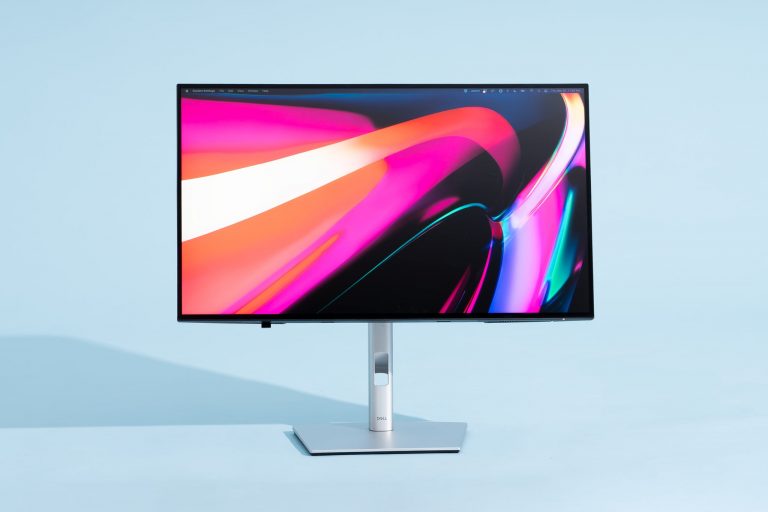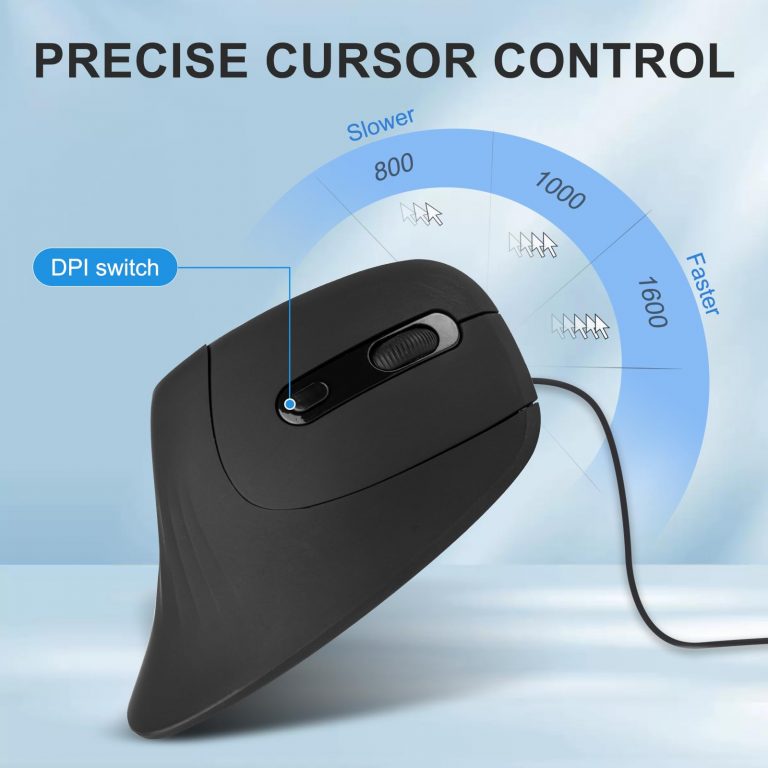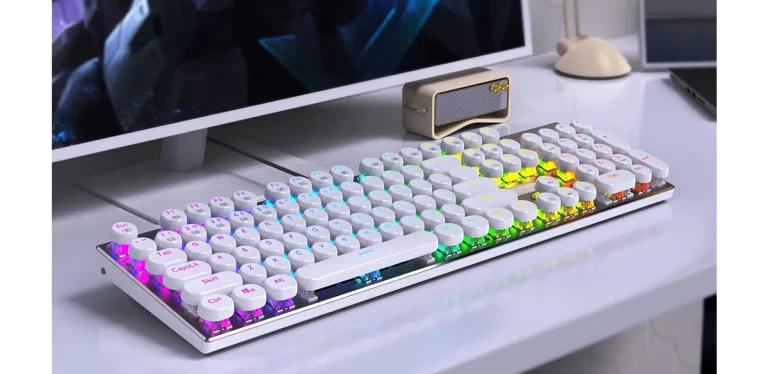
The Mighty Mouse A History of Input Devices
The humble mouse, a seemingly simple device, has revolutionized the way we interact with computers. From its early mechanical origins to the precise optical and laser mice of today, the mouse has become an indispensable tool for both work and play.
Early Mechanical Mice
The first computer mice were mechanical devices that used a ball to track movement on a flat surface. As the ball rolled, it activated sensors that translated the movement into cursor movement on the screen. These early mice were often large and cumbersome, but they paved the way for more advanced input devices.
The Optical Revolution
Optical mice replaced mechanical mice in the 1990s. These mice use a light source and a sensor to detect movement. As the mouse is moved, the sensor tracks the changes in the reflected light, allowing for precise cursor control. Optical mice are more accurate and reliable than mechanical mice, and they don’t require a mouse pad.
The Laser Era
Laser mice, a further refinement of optical mice, use a laser beam to track movement. Laser mice offer even greater precision and responsiveness, making them ideal for gaming and graphic design.
Wireless Mice
Wireless mice have become increasingly popular, eliminating the need for cables and providing greater flexibility. They typically use radio frequency (RF) or Bluetooth technology to communicate with the computer.
Ergonomic Mice
Ergonomic mice are designed to reduce the risk of repetitive strain injuries, such as carpal tunnel syndrome. They often have a contoured shape and adjustable features to promote a comfortable and healthy hand position.
Gaming Mice
Gaming mice are specialized mice designed for gamers. They often feature high-precision sensors, customizable buttons, and ergonomic designs. Gaming mice can significantly improve gaming performance and provide a competitive edge.
The Future of Mice
The future of mice is likely to involve further advancements in technology and design. We may see the emergence of touch-sensitive mice, biometric mice, and even mice that can be controlled by gestures.
As technology continues to evolve, the mouse will remain a vital tool for human-computer interaction. Its ability to provide precise and intuitive control has made it an indispensable part of the modern computing experience.
Would you like to delve deeper into a specific aspect of mouse technology, such as the history of mouse design, the different types of mouse sensors, or the impact of ergonomic design?





